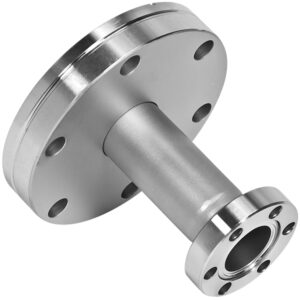Subtotal: $31.20
Biological Safety Manual – Chapter 16: Working With Human, NHP, and Other Mammalian Cells and Tissues
Title Biological Safety Manual – Chapter 16: Working With Human, NHP, and Other Mammalian Cells and Tissues Introduction Although risk of laboratory infection from working with cell cultures in general





 Reducing Adaptor - Fixed, CF 35 (275) x CF 16 (133), Stainless Steel
Reducing Adaptor - Fixed, CF 35 (275) x CF 16 (133), Stainless Steel 








